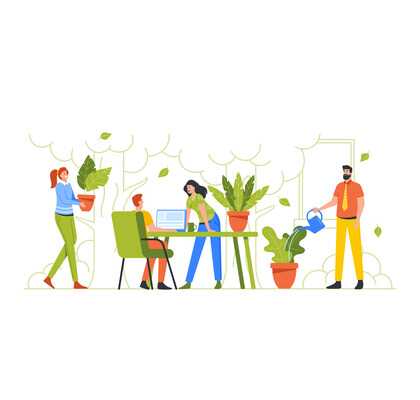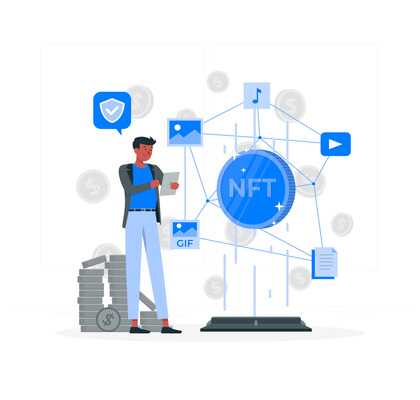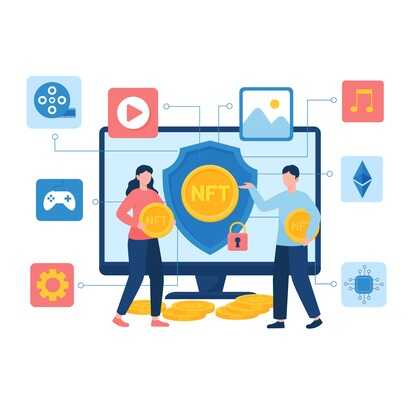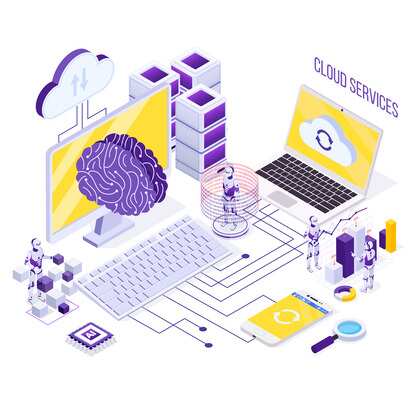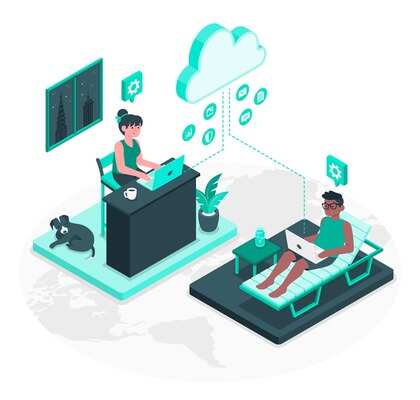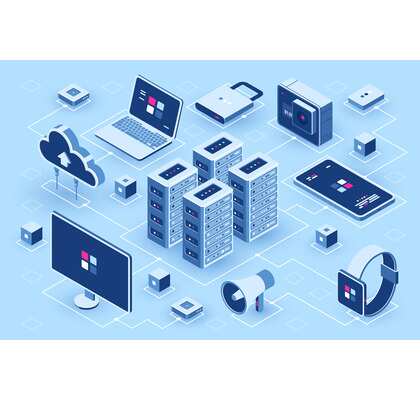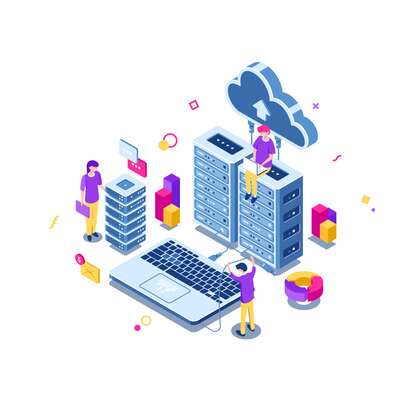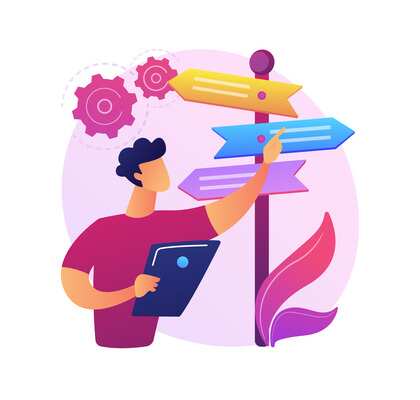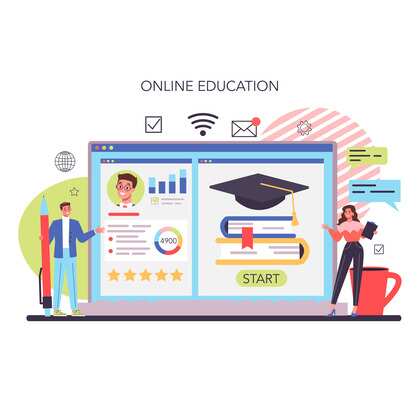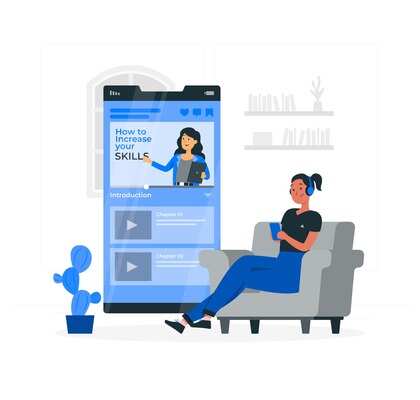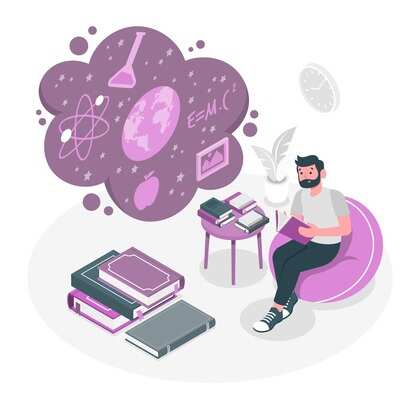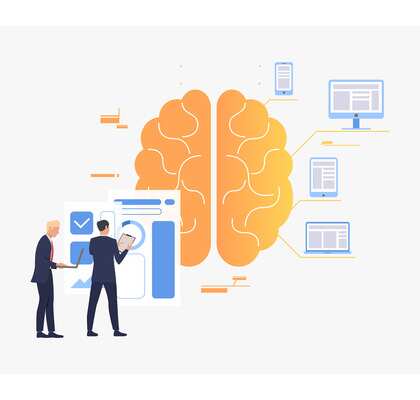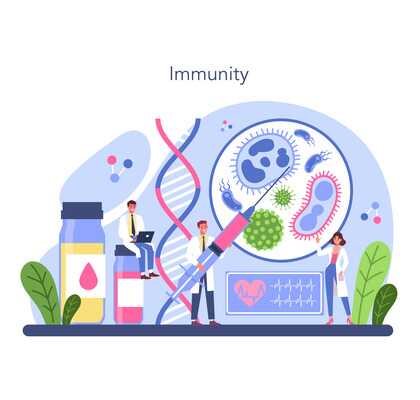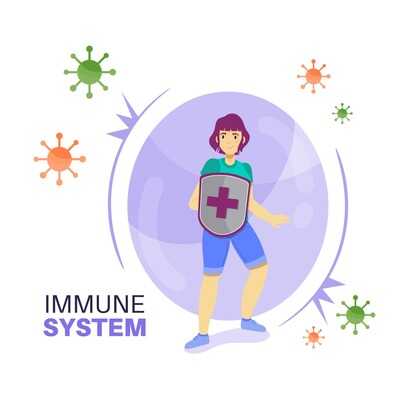Fashion’s Future: Trends and Sustainable Choices
Fashion is an ever-evolving industry that constantly sets new trends and influences our style choices. However, as our awareness of environmental and social issues grows, so does the demand for sustainable fashion. This article explores the future of fashion, focusing on emerging trends and sustainable choices that can shape a more ethical and environmentally friendly industry. Fashion trends have always played a significant role in shaping the way we dress. They reflect societal changes, cultural influences, and individual expression. In recent years, there has been a shift towards more conscious consumerism, with people seeking sustainable alternatives to fast fashion. This shift has paved the way for innovative approaches to fashion design, manufacturing, and consumption. Sustainability has become a key consideration for both consumers and fashion brands. It involves minimizing the negative environmental and social impacts associated with the production and consumption of clothing. By opting for sustainable choices, we can reduce waste, conserve resources, and support fair labor practices. One aspect of sustainable fashion is the use of eco-friendly materials and fabrics. Several alternatives to conventional textiles have gained popularity due to their reduced environmental footprint. These include organic cotton, recycled polyester, and Tencel. Organic cotton is grown without the use of harmful pesticides and synthetic fertilizers. It promotes soil fertility, reduces water consumption, and minimizes the exposure of workers to toxic chemicals. By choosing garments made from organic cotton, consumers can support a more sustainable cotton industry. Recycled polyester is made from post-consumer plastic bottles and textile waste. It helps reduce dependence on virgin petroleum-based materials, decreases energy consumption, and diverts waste from landfills. This material offers a viable solution to the environmental challenges posed by traditional polyester production. Tencel, also known as lyocell, is a sustainable fabric made from cellulose fibers derived from wood pulp. The production process is less water-intensive than that of conventional fabrics, and the solvents used are non-toxic. Tencel is known for its softness, breathability, and biodegradability. Sustainable fashion goes beyond materials and extends to ethical manufacturing practices. Brands that prioritize fair labor conditions and worker rights contribute to a fair and just fashion industry. Here are some ethical manufacturing practices to look out for: Fair Trade certification ensures that workers involved in the production of clothing receive fair wages, work in safe conditions, and have their rights protected. By supporting brands with Fair Trade certification, consumers can make a positive impact on the lives of garment workers. Opting for locally produced fashion items reduces the carbon footprint associated with transportation and supports local economies. Local production also allows for greater transparency and oversight of the manufacturing process, ensuring ethical practices are followed. The slow fashion movement advocates for a shift away from the fast-paced, disposable nature of the fashion industry. It encourages consumers to invest in high-quality, timeless pieces that are designed to last. Slow fashion promotes conscious consumption and reduces waste. Circular fashion aims to create a closed-loop system where resources are continuously used and waste is minimized. Upcycling is a key component of circular fashion and involves transforming discarded materials or garments into new products. Here are some examples: Clothing rental services allow individuals to access a wide range of fashion items without the need for ownership. Sharing platforms enable people to lend or swap clothes with others, reducing the demand for new garments. Shopping for secondhand or vintage fashion items not only extends the lifespan of clothing but also adds a unique touch to personal style. Thrift stores, online marketplaces, and vintage shops offer a treasure trove of pre-loved fashion. Repurposing involves transforming old or unused garments into new pieces through alterations or creative modifications. Upcycling takes it a step further by using materials from multiple sources to create entirely new designs. These practices contribute to a more sustainable and creative fashion industry.
Fashion’s future is about being mindful of the choices we make, from design to production. – Jennifer Lee
Technological advancements are revolutionizing the fashion industry and driving sustainable innovation. Here are some notable developments: 3D printing allows for precise and customized production, reducing fabric waste and overstock. It also enables the creation of intricate designs and complex structures. This technology has the potential to transform traditional manufacturing processes. Smart textiles incorporate technology into fabrics, offering functionalities such as temperature regulation, moisture-wicking, and even interactive features. These textiles enhance comfort, performance, and sustainability in clothing. Virtual try-on technology allows consumers to digitally visualize how a garment would look on them without physically trying it on. This reduces the need for returns and can help streamline the online shopping experience, reducing waste Empowering consumers with information and promoting conscious shopping habits are vital for the future of sustainable fashion. Here are some key aspects: Brands that provide transparency regarding their supply chain and manufacturing processes help consumers make informed choices. Access to information about materials, production locations, and certifications enables conscious decision-making. Supporting ethical fashion brands that prioritize sustainability and social responsibility contributes to a more sustainable industry. These brands often focus on fair labor practices, use eco-friendly materials, and implement innovative solutions. Engaging with sustainable initiatives such as clothing swaps, recycling programs, and community projects can have a positive impact on the environment and society. By actively participating and supporting these initiatives, consumers become agents of change. Fashion is not just about following trends; it is a form of self-expression and empowerment. Embracing sustainable choices allows individuals to align their personal values with their style. By making conscious fashion decisions, we can contribute to a more inclusive and environmentally conscious society. Conclusion The future of fashion is rapidly evolving, with sustainability at its core. As consumers become more aware of the environmental and social impacts of the fashion industry, they are demanding change. Sustainable materials, ethical manufacturing practices, circular fashion, technological advancements, and conscious consumer education are key drivers of this transformation. By embracing sustainable materials like organic cotton, recycled polyester, and Tencel, we can reduce the ecological footprint of fashion. Ethical manufacturing practices, such as Fair Trade certification and local production, ensure that workers are treated fairly and labor rights are respected. The slow fashion movement encourages us to value quality over quantity and make thoughtful choices. Circular fashion and upcycling play a crucial role in reducing waste and extending the lifespan of clothing. Clothing rental, secondhand shopping, and repurposing garments are effective ways to embrace circularity. Technology, such as 3D printing and smart textiles, offers innovative solutions for sustainable production and enhanced functionality.Introduction
The Evolution of Fashion Trends
The Importance of Sustainability in Fashion
Sustainable Materials and Fabrics
Ethical Manufacturing Practices
Fair Trade Certification
Local Production
Slow Fashion Movement



Circular Fashion and Upcycling
Clothing Rental and Sharing
Secondhand and Vintage Fashion
Repurposing and Upcycling
Technology and Innovation in Fashion
3D Printing
Smart Textiles
Virtual Try-On
Consumer Education and Conscious Shopping
Transparency and Supply Chain Information
Ethical Fashion Brands
Supporting Sustainable Initiatives
Fashion as Self-Expression and Empowerment







